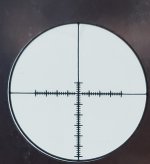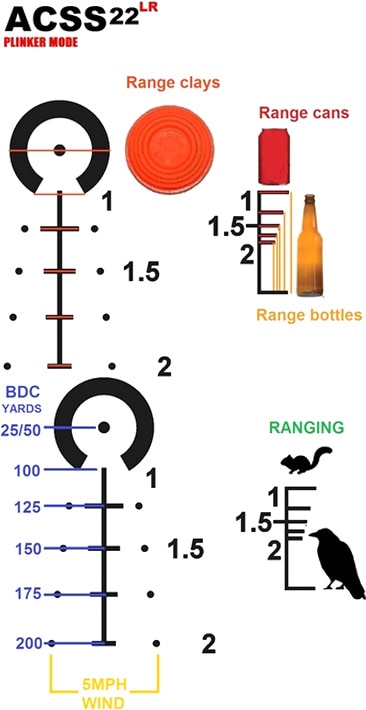Colorado Redneck
New member
I have recently purchased scopes that have Hash marks on the reticle. These "additions" are essentially useless because on the units I have they are only valid at the highest power magnification. As well, there are no obvious indicators of the true center of the cross hairs, except on a Burris Avenger....sorry....Fullfield that has an illuminated + at the center point. The scopes themselves have lots of good features, including the ability to re zero, consistent and repeatable elevation and windage adjustments, nice clear optics. But the over abundance of hash marks are confusing when trying to aim at a small target at a distance...prairie dogs in grass and weeds. This has got me wondering if this reticle type is really used by shooters. I am interested in thoughts and opinions.
Disclaimer....I know the solution to my frustration is to buy scopes without this type of reticle.
Disclaimer....I know the solution to my frustration is to buy scopes without this type of reticle.
Attachments
Last edited:




-500x500.png)